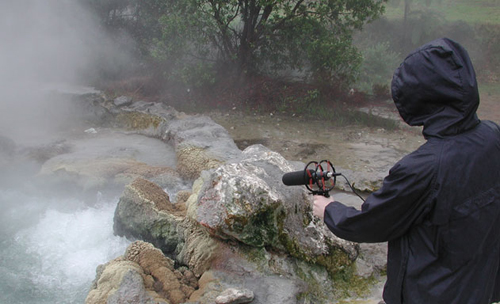
Another good news for all the sound professionals who are interested in field recordings: our friends Matteo Milani & Federico Placidi from U.S.O. Project and the italian musician Domenico Sciajno organized Movement of acoustic images, a workshop curated by Fabio Orsi and Alessandro Massobrio, which will be held in Milan (Italy) from 29th to 30th October 2010, during the 7th edition of Live!iXem, an international festival of music, mixed media and experimental electronic art, promoted by AntiTesi.
We had a friendly email exchange with Matteo, Federico, Domenico, Fabio and Alessandro in order to have some more information on the festival and the workshop.
When and how was iXem born?
Domenico Sciajno: Live!iXem was born in 2004 as a competition combined with a festival. It was organized by the AntiTesi association, which came from the iXem collective, in order to support, promote and provide an overview of the current state of experimental electronic music and arts in Italy. The competition was originally intended to highlight the works of the Italian artists who experiment with integrating live and real time performing disciplines (music, video, dance, theater) and audiovisual, digital and electronics. In 2008 it became a music festival dedicated to electronic arts innovation and research: it is meant for all who work creatively, and experiment using sound, images and mixed media to create live performances.
Antitesi’s objective to create a new artistic and musical reality in which the convergence of italian and foreign experimentation was possible, has been achieved through the passion and professionalism of all who dedicated to that purpose.
We believe in the importance of the continuity of cultural projects which are consistent and serious, and we hope to always find collaborations that artistically and organizationally embrace the principles of our project.
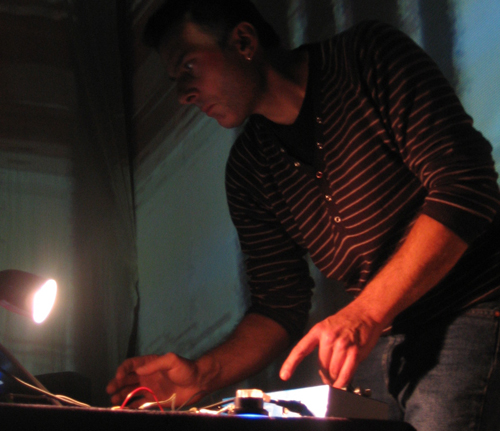
What are the characteristics of the festival this year?
Domenico: In the latest editions, Live!iXem has evolved and renewed as a multiplier of social relations and cultural exchanges between international artists.
Particularly this year’s (2010) edition, the seventh, started with a great artistic synergy between me, Andrea Valle, Stefano Bassano, Matteo Milani and Federico Placidi (I met all of them during the various editions of Live!iXem), and it has extended to organizations that each of us works with; this way we have created a variegated program.
The first meeting took place in Turin on the 8th of October for the Live!iXem Preview: an event that combined aural and musical proposals from some of the artists of the CIM, who have the chance, through the iXem project, to make music and experiment new musical trajectories.
Furthermore, there was the audiovisual set of Frank Bretschneider (co-founder of Raster-Noton). The artist from Berlin presented his latest EXP work, a collaboration with Hiroshima Mon Amour.
The actual festival will be held in Milan on October 29 and 30, with a full schedule of live performances, installations and workshops.
Matteo Milani: The Milan edition of the festival will take place during two whole days in the Isola district (Garibaldi zone), also thanks to the collaboration of the no-profit associations O’, Medionauta, VisualContainer and the record label Die Schachtel.
Alessandro Massobrio and Fabio Orsi will present their theoretical and practical workshop Movement of acoustic images whose theme is the field recording and its application in diverse artistic practices.
Among the others, we are also pleased to host the Norwegian researcher and performer Natasha Barrett: she will describe her approach to the composition with three-dimensional space and present a recent work produced with the ambisonics technique. Byron Westbrook, an american artist, will immerse the audience in his multi-channel performance called Corridors.
We have to highlight the collaboration with Ear to the Earth 2010 – Water and the World, festival produced by the Electronic Music Foundation, which will take place simultaneously in New York City. For the occasion, U.S.O. Project will carry out two acousmatic evenings, called Schermi Sonori, an experience related to the pure immersive listening – with the help of Joel Chadabe, president of the foundation. An impressive selection of soundscape compositions will be projected according to the techniques developed in Paris at the Le Groupe de Recherches Musicales, birthplace of the musique concrete.
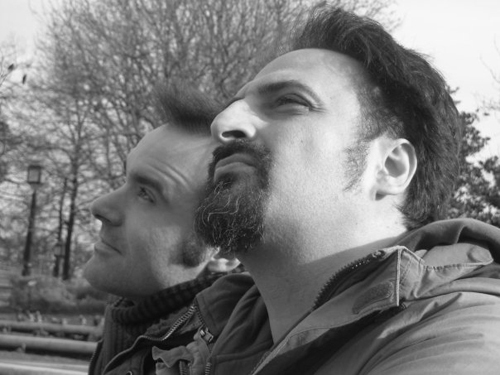
What is your definition of soundscape?
Federico Placidi: When we talk about soundscape, we mean the expressive and narrative richness which comes from the mutual and continuous interaction between multiple sound sources coming from the real world, and other phenomena perceivable and measurable only through an appropriate and convenient transduction – i.e. the electromagnetic phenomena.
A soundscape is an aural landscape identified and classified according to its own ‘objective’ nature, but also an opportunity for reflection and imagination, scarcely connected to the real, given world.
A soundscape can be a place of the mind, a reminiscence of a future experienced in a dream, far away territories in time and space. We try to confront the possible infinites of the listening experience: this represents our primary objective, to render the countless possibilities of life and its places, perceivable during our conscious activity.
Matteo: The particularity of a soundscape includes not only the aural resonant properties of the musical work, but also the character of the architecture ‘enlightened’ by those sounds. The sound system we have described, relates to aesthetics and performance practice that aims to further enhance the spatial components of an electro-acoustic music, using the characteristics of the performance space to support and expand the experience.
Could you tell us something more about the workshop and its objectives?
Alessandro Massobrio: First, we’ll give an overview about the world of field and mobile sound recording techniques; then we will provide examples and stimuli to the possible uses of recorded sound instrumental and electronic music. The basic idea is to address the issue of the soundscape in terms of composition and musical listening. Can you isolate the musical elements of an environmental recording? Is there any difference between recording a performance or a musical instrument instead of a natural event? I think these might be some questions to ask ourselves during the workshop, trying to find an answer in the context of musical practice. The initial idea was born with me and Fabio discussing the arrangement of a week of workshops in Belgium, open to musicians, field recordists, artists and listening lovers. The laboratory in Milan will be focused during only two days, during Live!iXem, but it will require a much more intense activity, in terms of shared experiences and knowledge.
Fabio Orsi: The workshop aims to explore, through the knowledge of some techniques of digital stereo recording, the sound universe belonging to places. The characterization of ambient sounds and its relative path focuses on the theme of sound mapping, as a mean of social, cultural identity and as an expression of conscience and personal feelings. If it is true that sounds have always characterized the environments, it is also true that they have a cosmic entity capable of detecting different shades.
The idea in fact starts from the merging between external and internal, between inside and outside, between what gives a sound its characteristic features in a specific place, and all that a field recording can reveal to the hearing.
We will therefore provide a basic knowledge of digital recording, stereo recording, editing and suggestions about optimal listening points. For the above reasons, the workshop is divided into three different moments. The first is characterized by a basic technical approach (knowledge of the medium), the second one will focus on listening to environmental sound sources, chosen as points of a hypothetical soundmap, and in the third one we will go outdoors to actually record sound events.
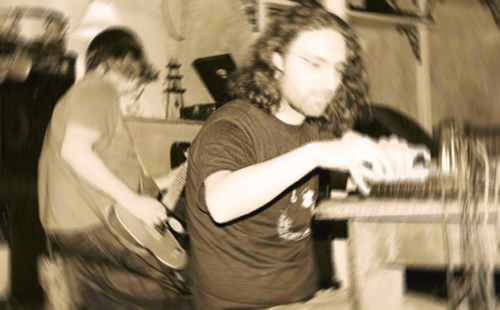
How are the organized activities of the laboratory and who can participate?
Alessandro:Â The meetings are arranged in order to integrate as much as possible theory and practice. Everything is organized in short modules. A few hours of the workshop are designed as a lecture in which we introduce the basics of Bioacoustics, study of the soundscape, and then describe the main techniques of sound recording and digital editing. The other modules are mainly organized as a forum where examples of musical projects (which incorporate recorded sounds as their main element) are presented, listened to and discussed with the participants. Finally, if the weather conditions allow it, we will do a soundwalk in the Isola neighborhood in Milan, and participants will be welcome to do a recording and make available to everyone else their acoustic point of view.
Fabio: There will be two intense days characterized by two different approaches to the sound material: a more theoretical and very practical one. The theoretical part will be developed in the form of lectures to be followed by my speeches which will try to focus on some techniques of digital recording and editing, by using freeware software. The practical part instead will be focused on making a small sound map. Localization of the listening points and digital recording.
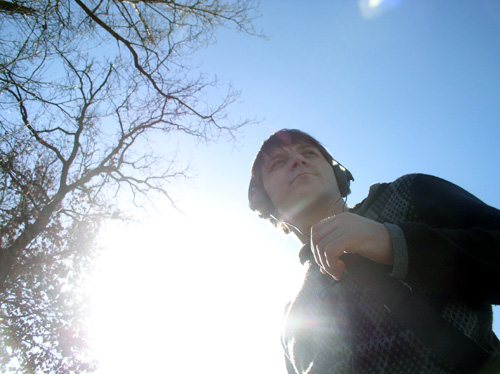
Are you going to create some documentation about results of the workshop?
Alessandro: Unfortunately we have little time available, and that makes it impossible to work properly on a common project. So we decided to organize a soundwalk in the area,  as an opportunity for spontaneous  listening, and in order to practice what has been learnt or discussed during the workshop. The concept is very simple: track the movement of the group along the way, and dwell on some privileged listening points. The result will be an intersubjective point of view on the walk and the surrounding area, with static and mobile recordings (in terms of sound perspective). This will be a small snapshot of the surrounding acoustic space, which will then be broadcast in O’ as a multi-channel audio installation / documentation.
Fabio: The documentation will be based on the digital recordings obtained during the soundwalk. We will do a bit of editing on the recordings done by the participants, and if we have the time, it would be interesting to create a single music work featuring the recordings of the entire soundwalk in chronological order.
So, at last, this is the program of the festival:
October 29, 2010
- 10.30 am: Introduction by Ricciarda Belgiojoso, author of the book Costruire con i suoni – Building with sounds. Defining the concept of soundscape and sound design work on the urban space.
- 11 am -13 pm:Â 1st part: sound recording – microphones, hydrophones and geophones, digital recorders. 2nd part: the perception of sound in space. The multichannel sound reproduction.
- 13-14 pm: lunch break
- 14-17 pm:Â 1st part: listening, editing with freeware software. 2nd part: soundwalk.
October 30, 2010
- 10.30 am -13 pm:Â 1st part: spectral analysis and editing. From time to frequencies. 2nd part: Presentation of instrumental and electronic works composed with custom sound sources
- 13-14 pm: lunch break
- 14-16 pm:Â Conclusion: Creating one or more sound tracks based upon the soundwalk. Diffusion.
- 16-18 pm: Natasha Barrett – Conversation with the composer, which will provide useful tools for critical and deepening of the work subsequently performed during the course of the evening.
To participate to the workshop you must register not later than 23/10/2010 and pay a fee of € 60.00.
For more information on the workshop and registration you can write to: workshop@antitesi.org or visit the Facebook page.
The workshop will be held at: O ‘| residences | photography | sound | performance, non-profit association, via Pastrengo 12, 20159, Milan, Italy. Tel. +39 02 6682 3357. Website: www.o-artoteca.org , email: o@o-artoteca.org.
- These two women will save the future of Sound Art with a web radio called Radio Papesse - June 20, 2016
- #SayItWithSound Contest: Sonify your World and Win - December 21, 2015
- Sound Technician at University of Greenwich - December 1, 2015


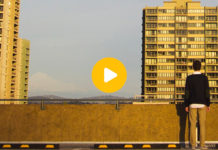
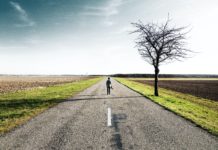
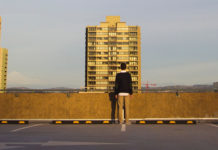
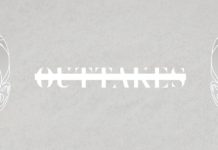
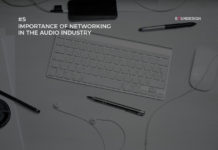
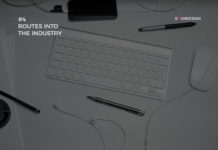
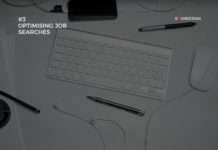
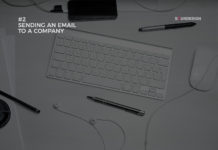
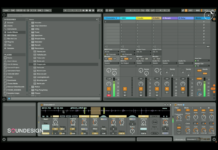
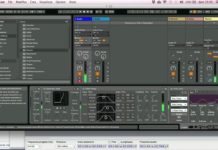

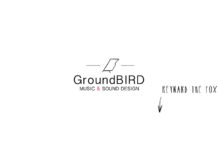
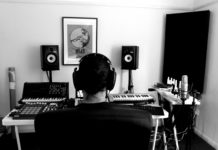
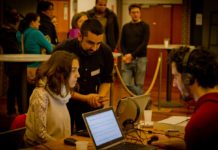

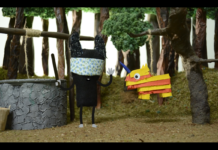
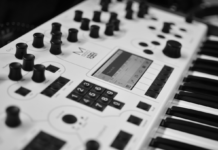
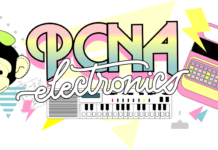
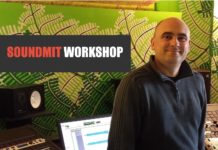
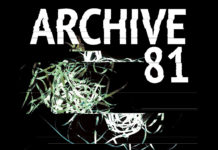
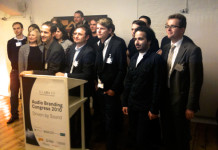

A good gallery on Flickr about the workshop: http://www.flickr.com/photos/flushingdevice/sets/72157625317470822/
[…] “Listening to the environment, contextualizing it objectively and creatively has always been a priority of the work of U.S.O. Project. Free from any pseudo-environmental or socio-political implication, the continuous work on sampling, processing and transfiguration of found sound and carefully preserved in memory of a digital recorder, has always played a central role in our compositional practices. U.S.O. defines Soundscape as the expressive and narrative richness that comes from the reciprocal and continuous interaction of multiple sound sources from the real world, and other phenomena which are perceptible and measurable only through proper and adequate transduction (electromagnetic signals, for example). A Soundscape is also an opportunity for reflection and imagination that has little to share with the real world. A Soundscape can be a place of the mind, a reminiscence of a future experienced in dreams, lands far away in space and time.” – Matteo Milani & Federico Placidi […]